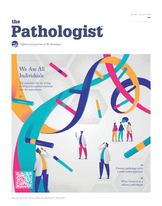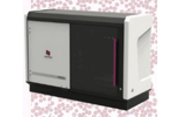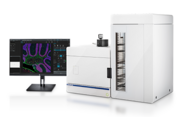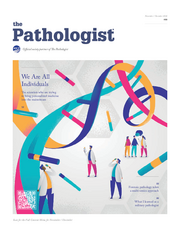Elaine Cloutman-Green
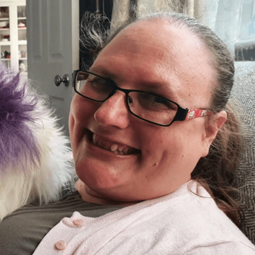
It’s my first day supporting Infection Prevention and Control (IPC) as a Healthcare Scientist, and I’m standing in front of my new boss – eager and ready to go. She looks at me, stares in fact, then moves her gaze down to my shoes. “You won’t be able to run in those,” she says and walks away. I look at my lovely heels, specially chosen for their professional look, and say aloud: “Why would I need to run?”
This was only the start of the wild and wonderful world of IPC. Three days in, two nurses headed to an all-day meeting and handed me the bleep. I looked at it, horrified. I panicked, “What do I do if it goes off?” I asked.
“Don’t worry,” they said. “The doctor is around so just ask for help”. They trusted me! With a sigh of relief I watched them depart.
A couple of hours later, the bleep had gone a few times and I’d managed to provide, what I hoped, were the correct answers and advice. I was almost feeling a little cocky. It went off again and I phoned the number – one I hadn’t encountered before.
“Hi, it’s MRI, we need to bring in a komodo dragon from London Zoo for some imaging tonight, can you liaise with us to plan it and write a risk assessment?” What?! There are no SOPs for doing an MRI on a komodo dragon in the basement of a children’s hospital at midnight! There are no papers for this on PubMed!
It was in that moment, as terrifying as it was, that I knew that IPC was where I belonged. In a world where thinking on your feet is an essential skill set, and where bringing science into everyday practice really makes a difference for the patient (or komodo dragon) at the bedspace.











